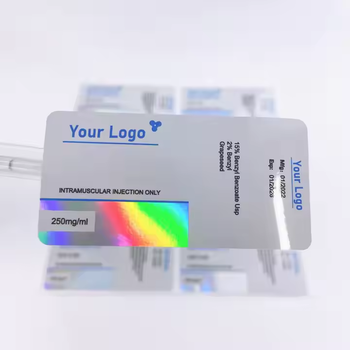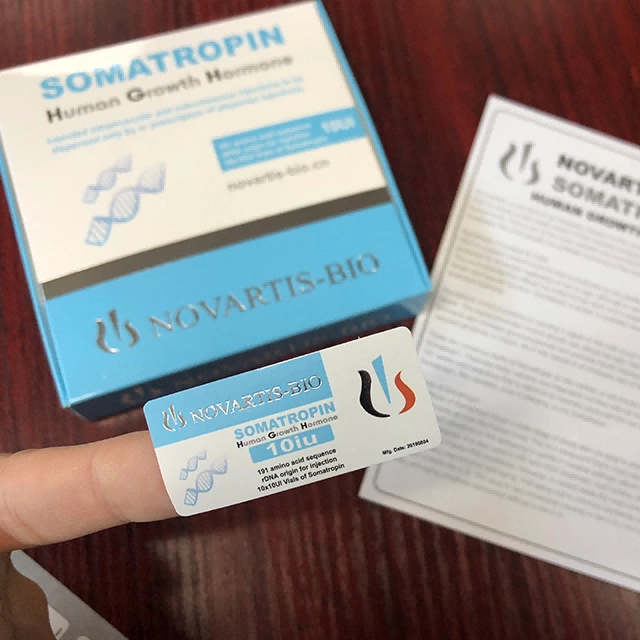Pharmaceutical Packaging Regulations and Labeling Requirements
Pharmaceutical packaging is an integral component of the pharmaceutical industry, as it ensures that medications are properly protected, distributed, and consumed safely. The pharmaceutical packaging process is subject to strict regulations designed to safeguard the quality, safety, and efficacy of the drugs. These regulations, provided by authorities like the National Medical Products Administration (NMPA) in China, the U.S. Food and Drug Administration (FDA), and the European Medicines Agency (EMA), mandate the inclusion of various pieces of essential information on drug packaging.
What Information Must Be Included on a Drug Label?
Pharmaceutical packaging, particularly the drug label, is designed to provide crucial information to ensure the safe and effective use of the medication. Regulatory authorities across the globe have set clear guidelines for what information must be included on drug labels, and these details help ensure transparency, patient safety, and the integrity of the pharmaceutical product.
National Drug Approval Number
A key feature of pharmaceutical packaging is the inclusion of the National Drug Approval Number (NDA number), which is granted by the regulatory authority after a drug undergoes a thorough evaluation process. This unique identifier helps to distinguish approved drugs from other products and ensures that only safe and effective medications are available on the market.
In countries like the United States and China, the NDA number is used to track a drug throughout its lifecycle, from production to distribution and even post-market surveillance. It plays a pivotal role in drug traceability, especially during recall events, adverse event reporting, or quality assurance monitoring. The NDA number provides healthcare professionals with the confidence that the drug has met regulatory standards, and its use is authorized for consumer consumption.
In addition to its importance in regulatory affairs, the NDA number is essential for pharmaceutical companies. It allows them to maintain a systematic record of all drugs on the market and provides authorities with a reliable means of identifying drugs in the event of product recalls or other safety-related incidents.
Ingredient Labeling
Ingredient labeling is another essential requirement in pharmaceutical packaging regulations. Every drug label must contain detailed information about the active ingredients as well as any inactive ingredients. Active ingredients are those substances responsible for the therapeutic effects of the drug, while inactive ingredients, such as fillers, preservatives, or stabilizers, play a supporting role in the formulation and preservation of the product.
Why is ingredient labeling so important? For starters, patients with allergies or sensitivities must be able to identify ingredients that could trigger adverse reactions. Without clear ingredient labeling, patients may unknowingly expose themselves to harmful substances, potentially causing serious health issues. Ingredient labeling also helps healthcare professionals assess the appropriateness of a particular medication for a patient based on their medical history or other drugs they may be taking.
Pharmaceutical packaging regulations, such as those from the FDA and EMA, stipulate that ingredient labeling must be legible, clear, and easy to understand. For example, the FDA requires the use of specific terminology and formats to list ingredients, and these regulations ensure that patients and medical practitioners can quickly identify any ingredient that could cause an allergic reaction or interact with other medications.

Production Batch Number and Expiry Date
One of the most critical pieces of information on pharmaceutical packaging is the production batch number, which helps trace the history of the drug from the moment it was manufactured. This number is essential for identifying the exact batch of medication in case of safety or quality issues. If an issue arises with a specific batch, such as contamination or a manufacturing defect, the batch number allows regulators and manufacturers to quickly locate and remove the affected products from circulation.
Along with the batch number, the expiry date is equally important. The expiry date ensures that the drug is still safe and effective to use. After the expiration date, the potency of the drug may be diminished, or in some cases, it may even become harmful to the patient. For this reason, pharmaceutical packaging regulations mandate that all medications be clearly labeled with their expiry date, which helps prevent the use of expired products.
Regulatory authorities, including the FDA and EMA, have set guidelines for how batch numbers and expiry dates should be presented on the packaging. For example, the batch number must be located in a prominent place on the packaging, and the expiry date should be expressed in a standardized format to minimize confusion. This ensures that both healthcare providers and patients can easily locate this critical information.
Barcode and Implementation Standard
The inclusion of barcodes on pharmaceutical packaging is becoming increasingly common as the healthcare industry embraces advanced technologies for tracking and managing drugs. A barcode is a key element in ensuring that drugs are correctly identified, dispensed, and monitored throughout their lifecycle. Regulatory bodies such as the FDA and EMA have set standards for the use of barcodes, requiring them to be clearly visible and scannable.
Pharmaceutical packaging regulations specify the size, placement, and format of barcodes to ensure that they can be easily scanned and interpreted by inventory management systems. Barcodes provide an efficient method for tracking drugs through the supply chain, from manufacturing and distribution to pharmacy dispensing. This reduces human error and improves the accuracy of drug tracking, ensuring that the right medication reaches the right patient.
Moreover, the implementation of barcode standards has broader implications for patient safety. Barcodes help healthcare professionals verify that the correct medication is being administered to patients, reducing the risk of medication errors. They also make it easier to identify counterfeit drugs and prevent them from entering the market.
FAQ
What is the National Drug Approval Number and why is it important?
The National Drug Approval Number is a unique identifier assigned to a drug once it has passed regulatory approval. This number helps track the drug from production to distribution and ensures its safety and efficacy. It is crucial for maintaining the integrity of the drug supply chain and allows regulatory authorities to quickly address safety concerns, recalls, or adverse events.
Why is ingredient labeling essential for pharmaceutical packaging?
Ingredient labeling is vital for ensuring patient safety. It allows patients and healthcare providers to identify any ingredients that could cause allergic reactions or interactions with other medications. Accurate and transparent ingredient labeling is also required by regulatory authorities to ensure that drugs are safe for use and meet the necessary regulatory standards.
How do production batch numbers and expiry dates help ensure drug safety?
The production batch number allows for the traceability of the drug, ensuring that if any issues arise, such as contamination or a defect, they can be traced back to the exact batch. The expiry date ensures that the drug is still safe and effective for use, preventing patients from using expired or degraded medication.
How do barcodes contribute to pharmaceutical packaging?
Barcodes are essential for efficient inventory management and accurate drug dispensing. By scanning the barcode, healthcare professionals can confirm that the correct medication is being administered to patients, reducing the risk of medication errors. Barcodes also help track drugs throughout the supply chain, ensuring that counterfeit drugs do not enter the market.

